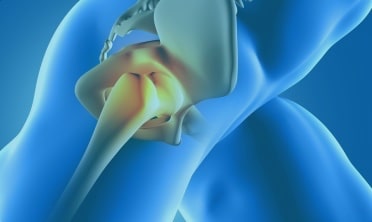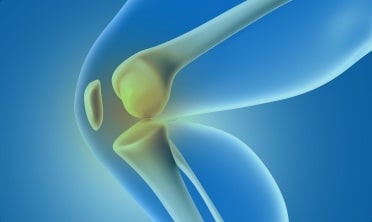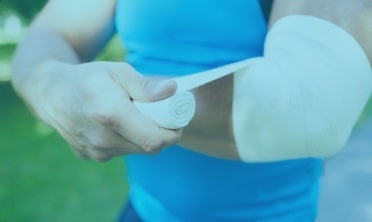Phone
07 3447 0299
The hip is one of the body's largest joints. It is a ball-and-socket joint. The socket is formed by the acetabulum, which is part of the large pelvis bone. The ball is the femoral head, which is the upper end of the femur (thighbone).
The bone surfaces of the ball and socket are covered with articular cartilage, a smooth tissue that cushions the ends of the bones and enables them to move easily.

The most common cause of chronic hip pain and disability is arthritis. Osteoarthritis, rheumatoid arthritis, and traumatic arthritis are the most common forms of this disease.
The knee is the largest joint in the body and having healthy knees is required to perform most everyday activities.
The knee is made up of the lower end of the thighbone (femur), the upper end of the shinbone (tibia), and the kneecap (patella). The meeting points of these three bones are covered with articular cartilage, a smooth substance that protects the bones and enables them to move easily.
Normally, all of these components work in harmony. But disease or injury can disrupt this harmony, resulting in pain, muscle weakness, and reduced function.

The wrist is a more complicated joint than the hip or the knee. On the hand side of the wrist, there are two rows of bones at the base of the hand. There are four bones in each row. The bones in these rows are called the carpals. The long thin bones of the hand radiate out from one row of carpals and form the basis of the fingers and thumb.
The elbow is a hinge joint which is made up of three bones: the humerus (upper arm bone), the ulna (forearm bone on the pinky finger side) and the radius (forearm bone on the thumb side).

Wrist replacement surgery may help retain or recover wrist movements. It may also improve the ability to perform daily living activities, especially if there is arthritis in the elbow and shoulder.
During standing, walking, and running, the foot and ankle provide support, shock absorption, balance, and several other functions that are essential for motion. Three bones make up the ankle joint, primarily enabling up and down movement. There are 28 bones in the foot, and more than 30 joints that allow for a wide range of movement.
Tough bands of tissue, called ligaments, connect the bones and keep the joints in place. Muscles and tendons also support the joints and provide the strength to make them move.

